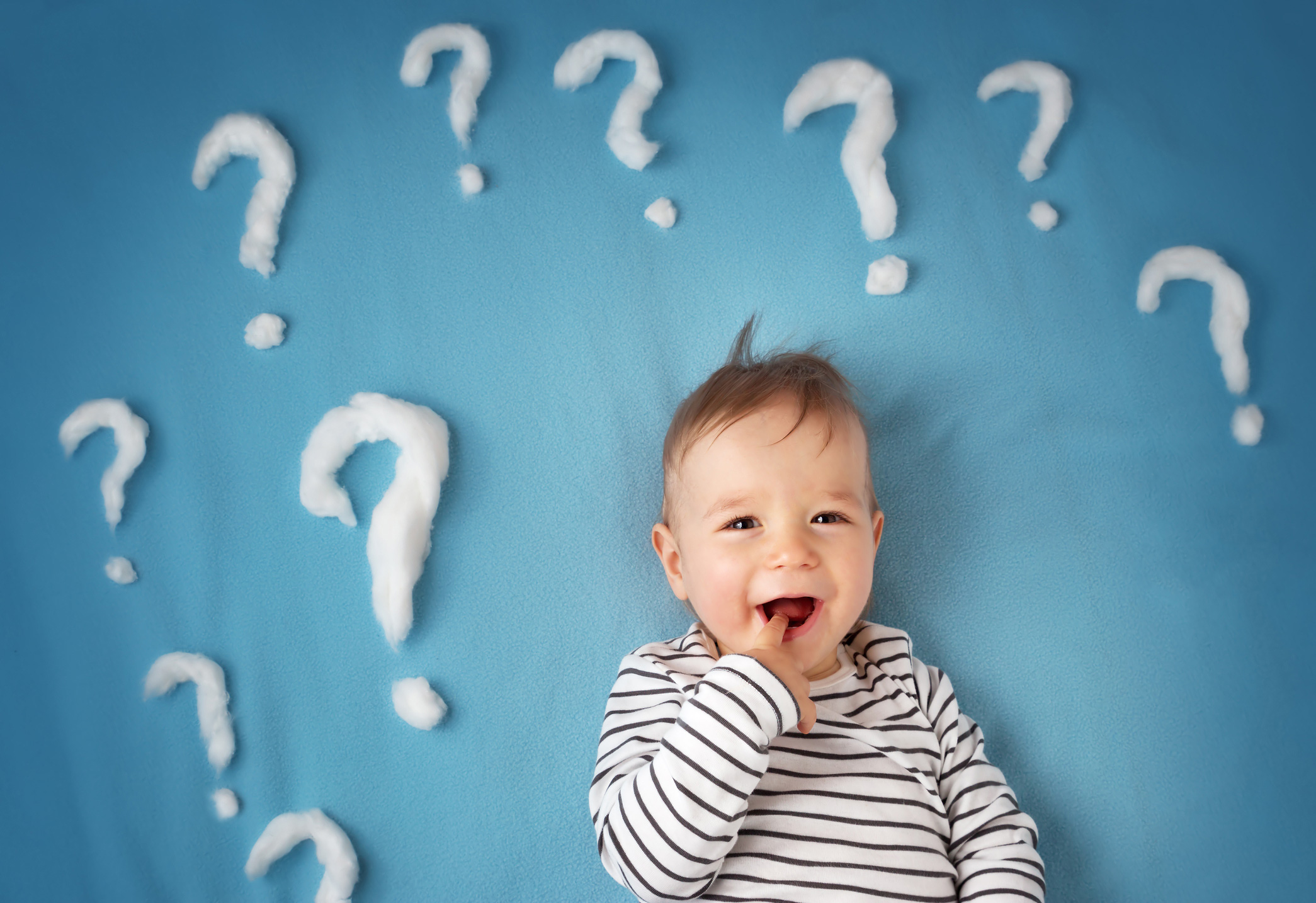
All animals can communicate, but humans uniquely acquire language and speech skills, says Michael Frank, associate professor of psychology and principal investigator of the Learning and Cognition Lab at Stanford.
In this episode of School's In, Frank talks to GSE Dean Dan Schwartz and Senior Lecturer Denise Pope about his research tracking the emergence of language in children around the world. He discusses the similarities of language acquisition across cultures, and how parents can communicate with babies and help their kids develop new vocabulary.
Frank uses a data set collected by researchers across the globe that includes babies' first words, where children are in their language development and other measures. One finding? No matter where they grow up, kids are interested in what's around them. They want to be playing, sharing and interacting, Frank says, so first words are dominated by the people around them (mom, dad, grandma), their animals (dogs, sheep), and social routines (hi, bye, peek-a-boo).
You can listen to School's In on Sirius XM Insight Channel 121, Apple Podcasts, SoundCloud and the School's In web page in GSE News and Media.
Subscribe to our monthly newsletter.